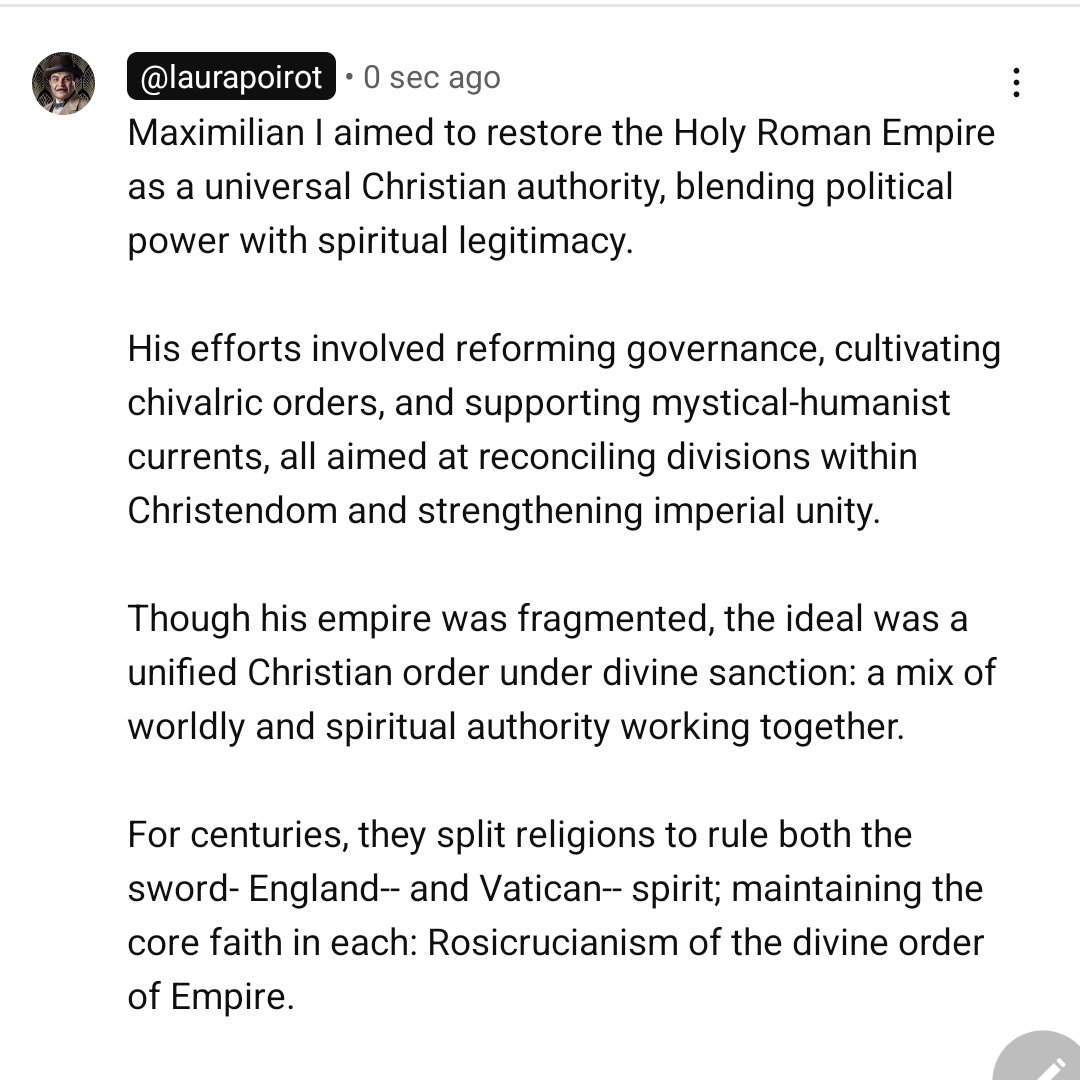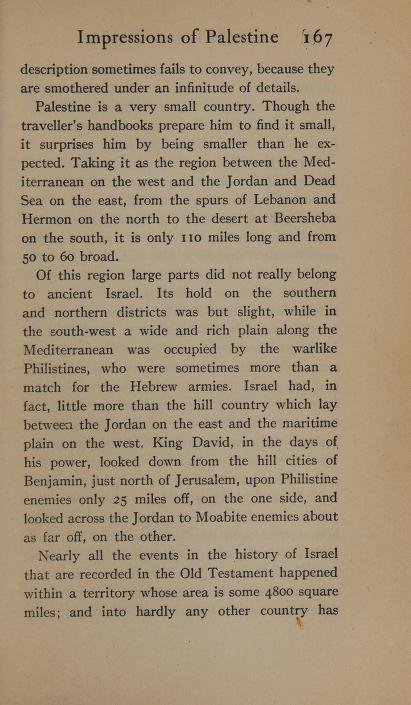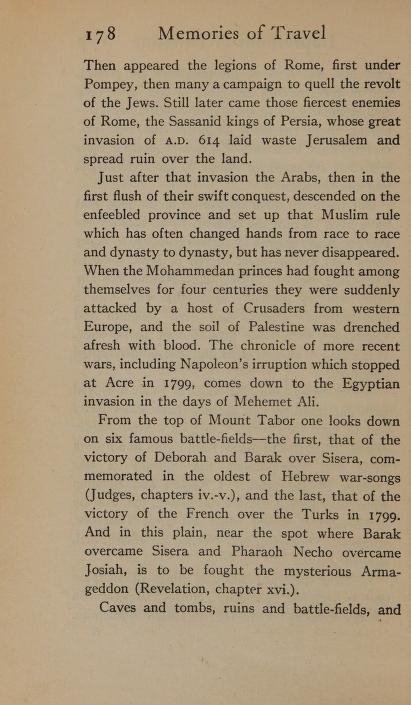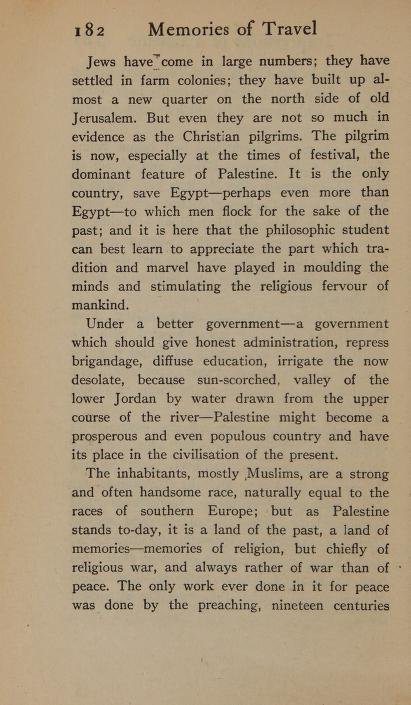Please @USNavy let the public know if you:
1. Accepted these images as authentic; I have been contacted by a former officer who tells me the carpet is for the Commander of the Pacific Fleet- an off choice;
2. Authorised the publication of these images;
Thread, to be continued vv
1. Accepted these images as authentic; I have been contacted by a former officer who tells me the carpet is for the Commander of the Pacific Fleet- an off choice;
2. Authorised the publication of these images;
Thread, to be continued vv

3. Why you did not publish them on navy.mil;
4. Confirm these photos were taken on the 11th of November 2022, Veterans Day, in Honolulu;
5. If these photos were taken by M1 Pielop, why the publishing has been allowed with navy personnel on duty and identifiable;
4. Confirm these photos were taken on the 11th of November 2022, Veterans Day, in Honolulu;
5. If these photos were taken by M1 Pielop, why the publishing has been allowed with navy personnel on duty and identifiable;

and,
6. Why it has been allowed to have M1 Pielop's name published in unofficial circumstance?
I await your response with anticipation. Please comment below with your answers to each point. @USAGov might also be a point of interest.



6. Why it has been allowed to have M1 Pielop's name published in unofficial circumstance?
I await your response with anticipation. Please comment below with your answers to each point. @USAGov might also be a point of interest.




I would like to add another:
7. Confirm that M1 Jessica Pielop did take these photographs on November 11 2022, Veterans Day, Honolulu, Hawaii.
As I see no official photographs or media releases on your site, or anywhere else for that matter, for Nov 11 2022.
7. Confirm that M1 Jessica Pielop did take these photographs on November 11 2022, Veterans Day, Honolulu, Hawaii.
As I see no official photographs or media releases on your site, or anywhere else for that matter, for Nov 11 2022.
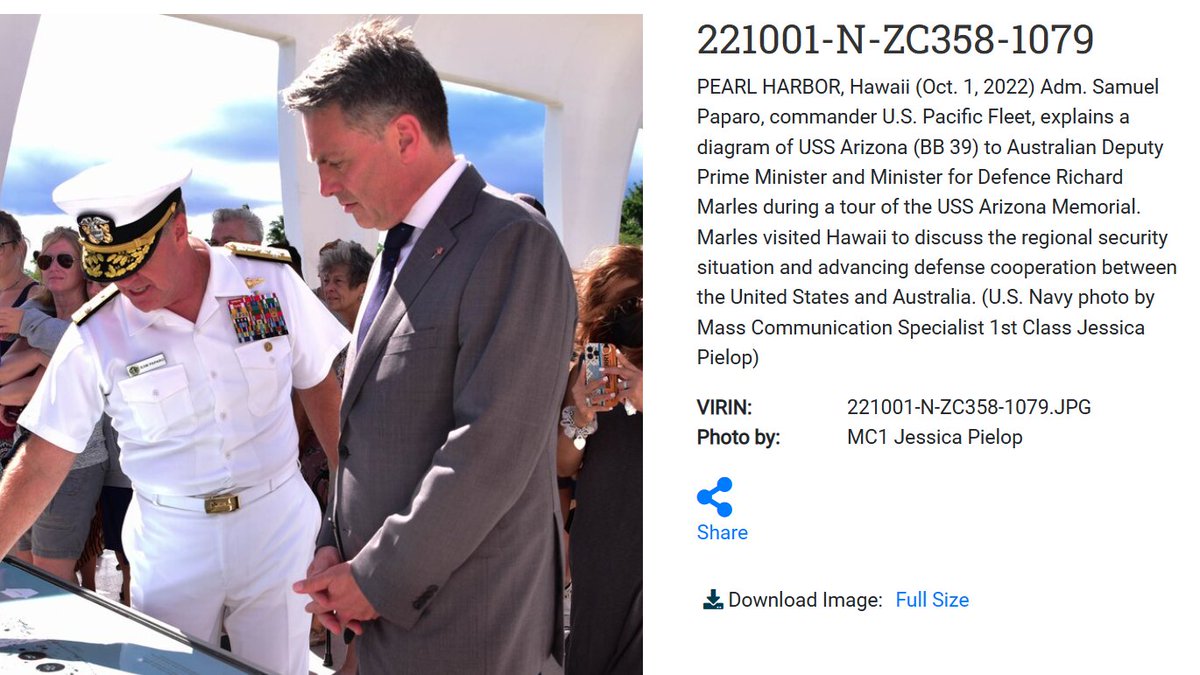
We are looking into the image metadata and the digitial publications' source code, and I can tell you there are quite a few discrepancies. Here is an example:
1. Archewell website first published this Nov 11 event on Dec 7 2022 at 16:37:28.
2. But People published it at 15:19:26
1. Archewell website first published this Nov 11 event on Dec 7 2022 at 16:37:28.
2. But People published it at 15:19:26

With the Archewell statement and M1 Pielop's information noted, despite the statement being published by Archewell over an hour later. 

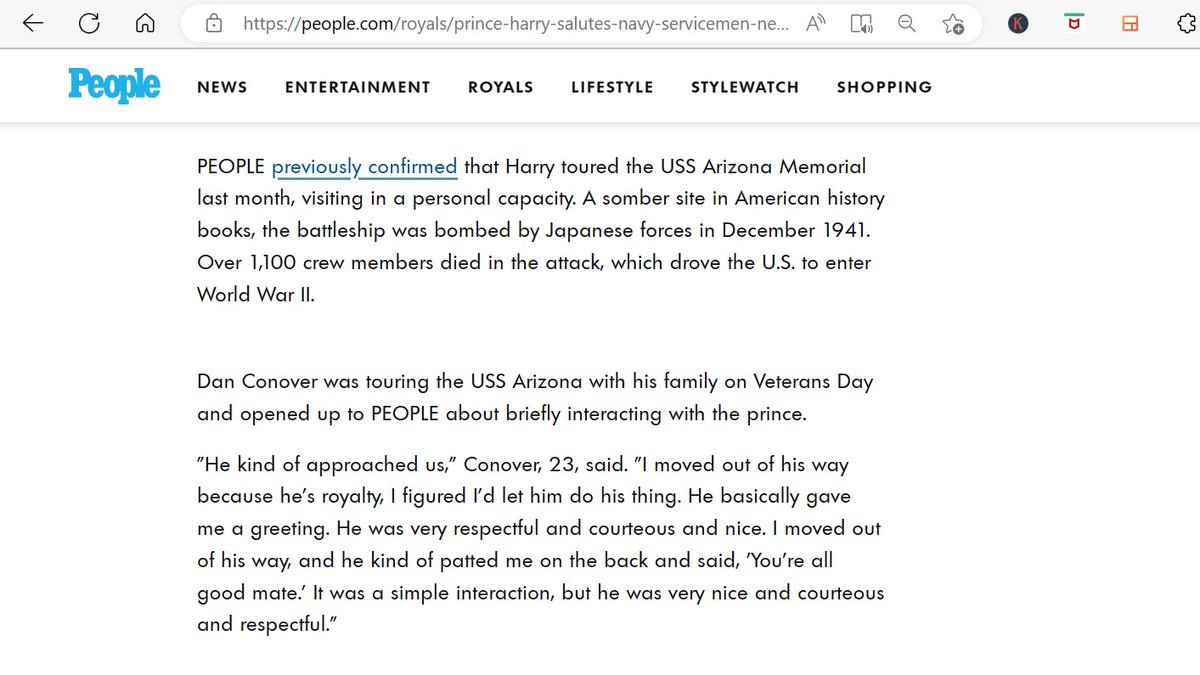
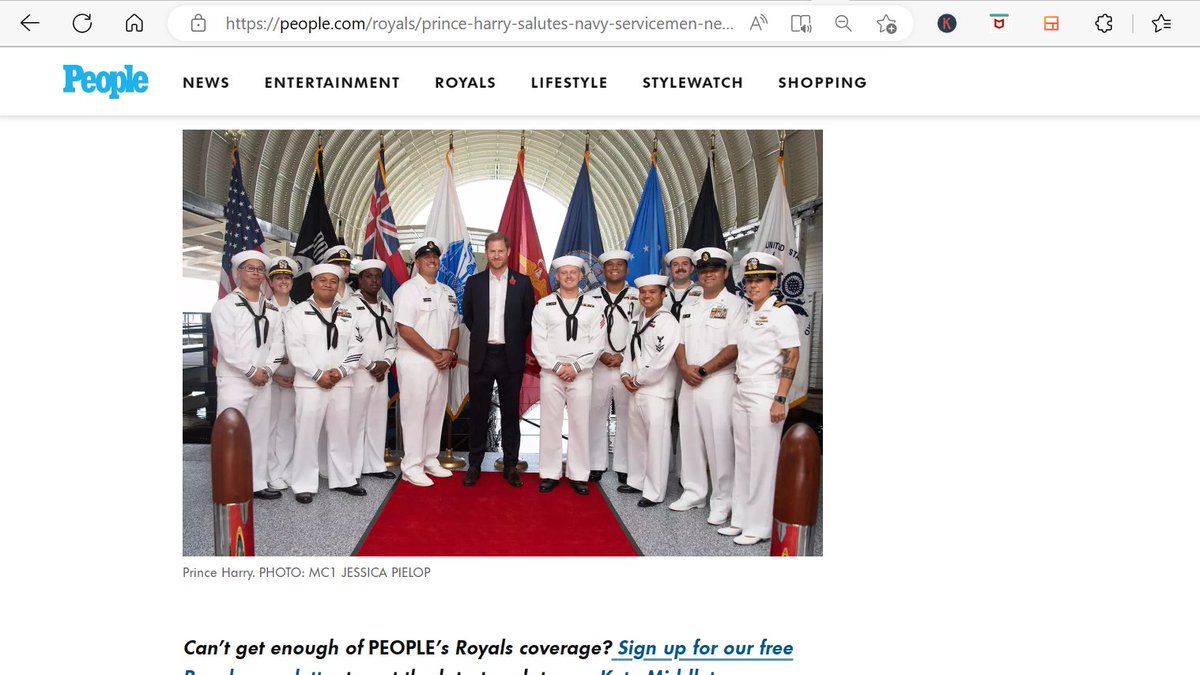
I will await for your response before I publicly discuss the images' metadata.
I would also like to know @USNavy why you:
a) changed your Twitter post date from 14 Dec to 15 Dec 2022; and
b) why you posted these images only AFTER Archewell had published them 7 Dec 2022, more than a month after the supposed event and photography occurred?

a) changed your Twitter post date from 14 Dec to 15 Dec 2022; and
b) why you posted these images only AFTER Archewell had published them 7 Dec 2022, more than a month after the supposed event and photography occurred?

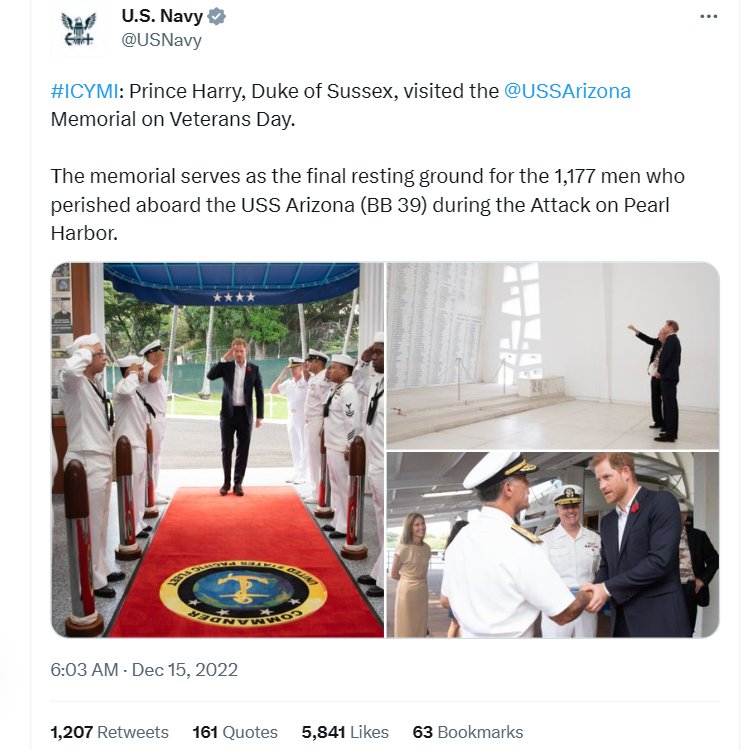
• • •
Missing some Tweet in this thread? You can try to
force a refresh











